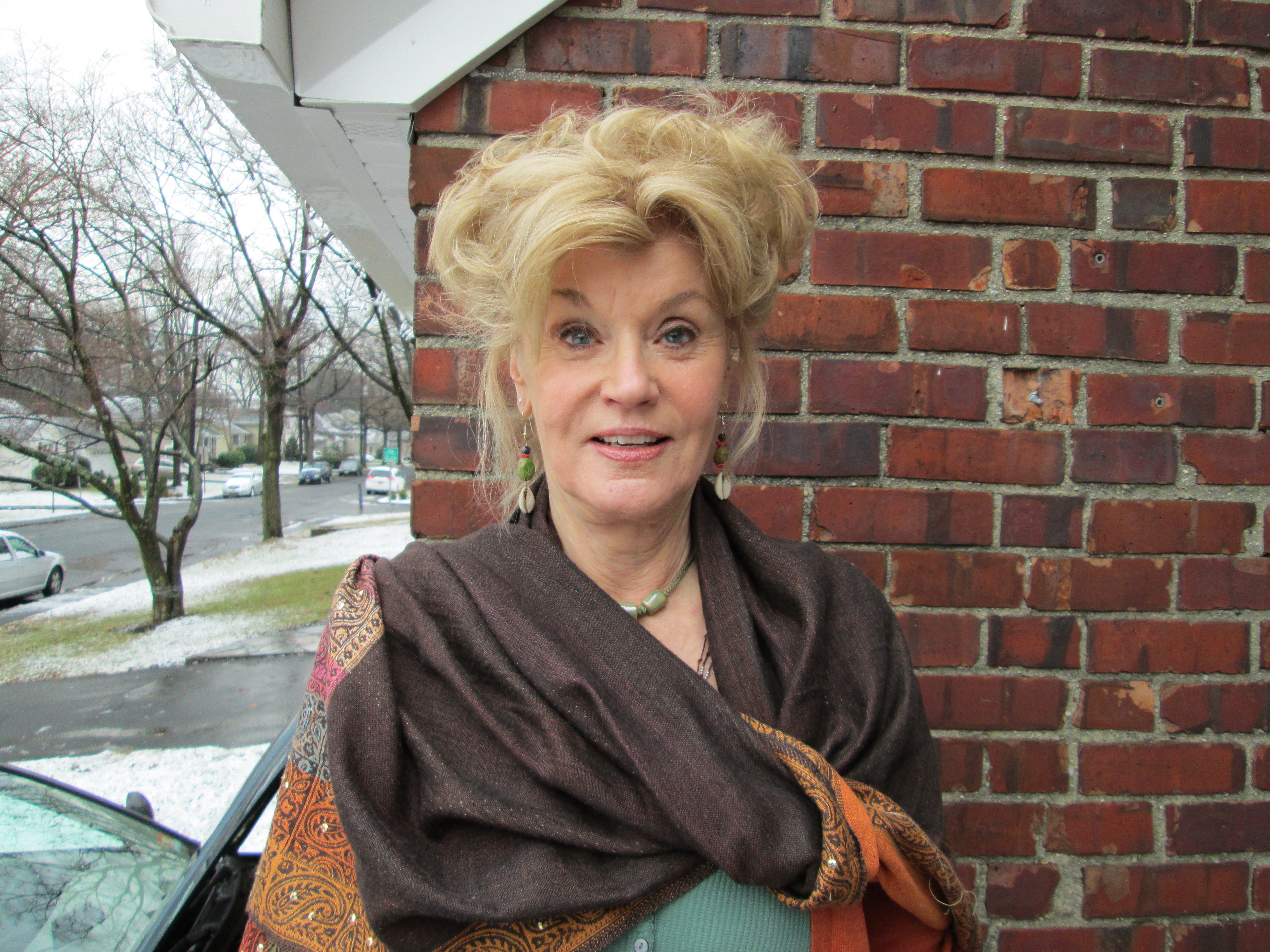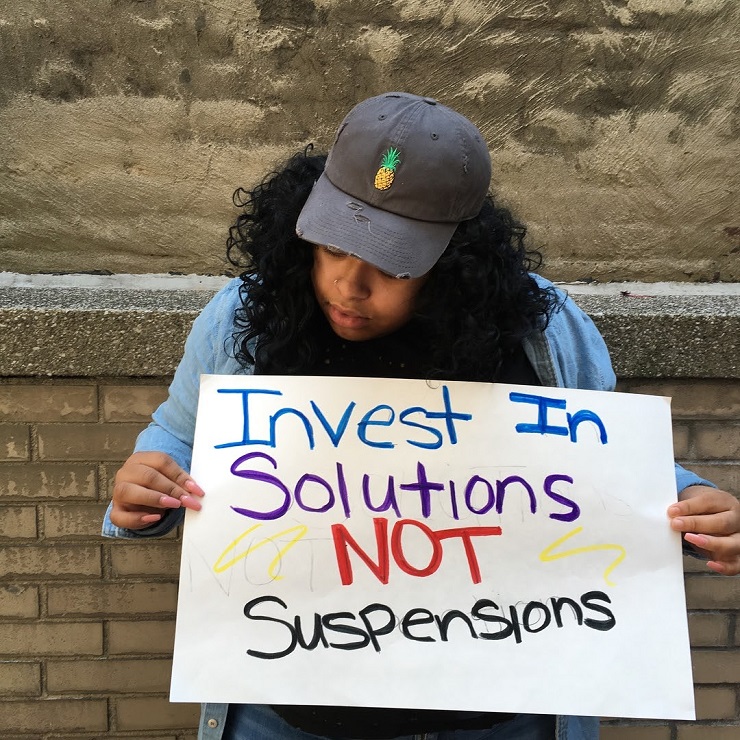
Note: In a very honest conversation, AFSC Prison Watch Coordinator, Bonnie Kerness, explores the different ways she believes one can experience sanctuary: in isolation, in groups and from within.
What is sanctuary, what is the definition? For me part of it is recognition. It is not only that we are housing an individual, it is that we recognize that individual. More broadly, it is about providing a safe space for impacted communities, including those inside prison. It is about giving them that space to speak, and giving them that personal recognition.
Sanctuary in isolation
AFSC publishes "Survivor’s Manual: Surviving in Solitary,” – which was written by and for people living in isolation and which includes letters to AFSC. The manual represents an opportunity for those currently in prison to read political analysis, and through the words shared in these letters, to see that they are not alone in their struggle.
We are one of very few organizations in the country who take the words of prisoners, the wisdom learned from what they go through, and how they survive, and then place them into a survivor’s manual. We send hard copies to prisoners for free, and share the links with family members and volunteers, other advocate agencies and students. It’s parents, the loved ones of prisoners and people inside prison themselves who find sanctuary from this and a level of peace within themselves. I’m reminded me of a quote: “They may have my body, but they don't have my soul and they don't have my mind.” To push through legislation on isolation is one thing, but to hear the voice of someone who is going through it share their survival strategies with another prisoner, another family -- there's a bridge there, something unifying that happens between people.

Some of the most brilliant submissions to the Survival’s Manual were literal instructions: When you wake up, you spend an hour working out, then you turn on your radio and listen to National Public Radio for an hour, then you write letters. The prisoners advise to stay street oriented by getting a subscription to a newspaper through a family member. There are instructions for Tai Chi, meditation and more. The folks inside are reading about the experience of others inside and how they survived – there is such a strong a level of community there. This very same dynamic comes through in all of AFSC's publications that contains the voices of those inside.
Sanctuary in groups
Sanctuary becomes a way to grow, a way to gain skills, especially when you have sanctuary with one another. We had a youth group that was very much sanctuary oriented in that the young people had a place to come three days a week after school. It ended up being that they were there five days a week – they didn’t want to be on the streets; they wanted to be safe. They wanted, even when there was no programming, to be there learning computer skills and about non-profits, advocacy and organizing. In one case it even led to these young people organizing about the quality of school lunches. Sanctuary is having a safe space and being able to communicate with people who "get you.”
Sanctuary within
I'm looking at a thesaurus: asylum, refuge, shelter, haven, safety, protection, immunity, place of safety – and that very much describes what happens internally to people who want to stay healthy inside, while they're in prison.
There is a man whose family comes from the United Arab Emirates. He was arrested in Pakistan and charged with terrorism. During sentencing, he received 45 years and he will do them in isolation. We first heard about him through his father who was highly upset and agitated when he reached out to every group he could think of in the United States: Human Rights Watch, National Religious Campaign Against Torture, ACLU, Center for Constitutional Rights. AFSC was the only one who responded. The man’s father maintained contact with us, and we did all we could to comfort him.
When the man’s mother came here for the trial and the sentencing, one of our volunteers accompanied her to court. Each time she came out to the office she saw the kind of work that we were doing and engaged with the students. For her to be able to speak, to share with students and volunteers her story, to be in a non-judgmental space, is sanctuary.
We attempted to get the Survivor’s Manual into this young man’s hands a number of times through the lawyers, but he never received it. Eventually, by talking with the prison authorities, we were able to send it directly to him. He had been in isolation for four years and felt that the thoughts he had meant he was losing his mental abilities – he thought he was going crazy. It wasn't until after he had read the words of all the other prisoners who had been through this that he felt comforted. He felt equipped to provide for himself. The manual helped him look in healthy directions inside himself. He said he felt more at peace than he had in years. That to me is sanctuary.
Prisoners in women's institutions, students, and volunteers – many of whom are recently released women are now working on "From Her Mouth to Your Ears: A Survivor's Manual by and for Women in Prison." This is a community of people who know how important sanctuary is.

And I believe that sanctuary can be individual, it can be group based, it can be an atmosphere. Sanctuary doesn’t have to be a physical space. What AFSC is transmitting is that sanctuary can also be an emotional and mental space.
I can remember being impressed with one prisoner; he was just so mentally healthy considering he had been abused - something happened with a guard. We were talking about anger, and he said one of the things that AFSC has taught him is that to be angry at a guard is a waste of energy; it's the system that is causing this, not that guard. And I thought to myself, wow, that's something we taught, and we didn't even know we taught it. In our writings, the literature alone is sanctuary. Not just the survivor’s manuals, but all the literature that AFSC produced historically, are treasures.
Related posts
Sanctuary Spaces: An introduction
Sanctuary Spaces: A place for healing from incarceration - part 1
Sanctuary Spaces: A place for healing from incarceration – part 2
Sanctuary Spaces: Pushing back oppressive systems from the inside out - part 1
Sanctuary Spaces: Pushing back oppressive systems from the inside out - part 2